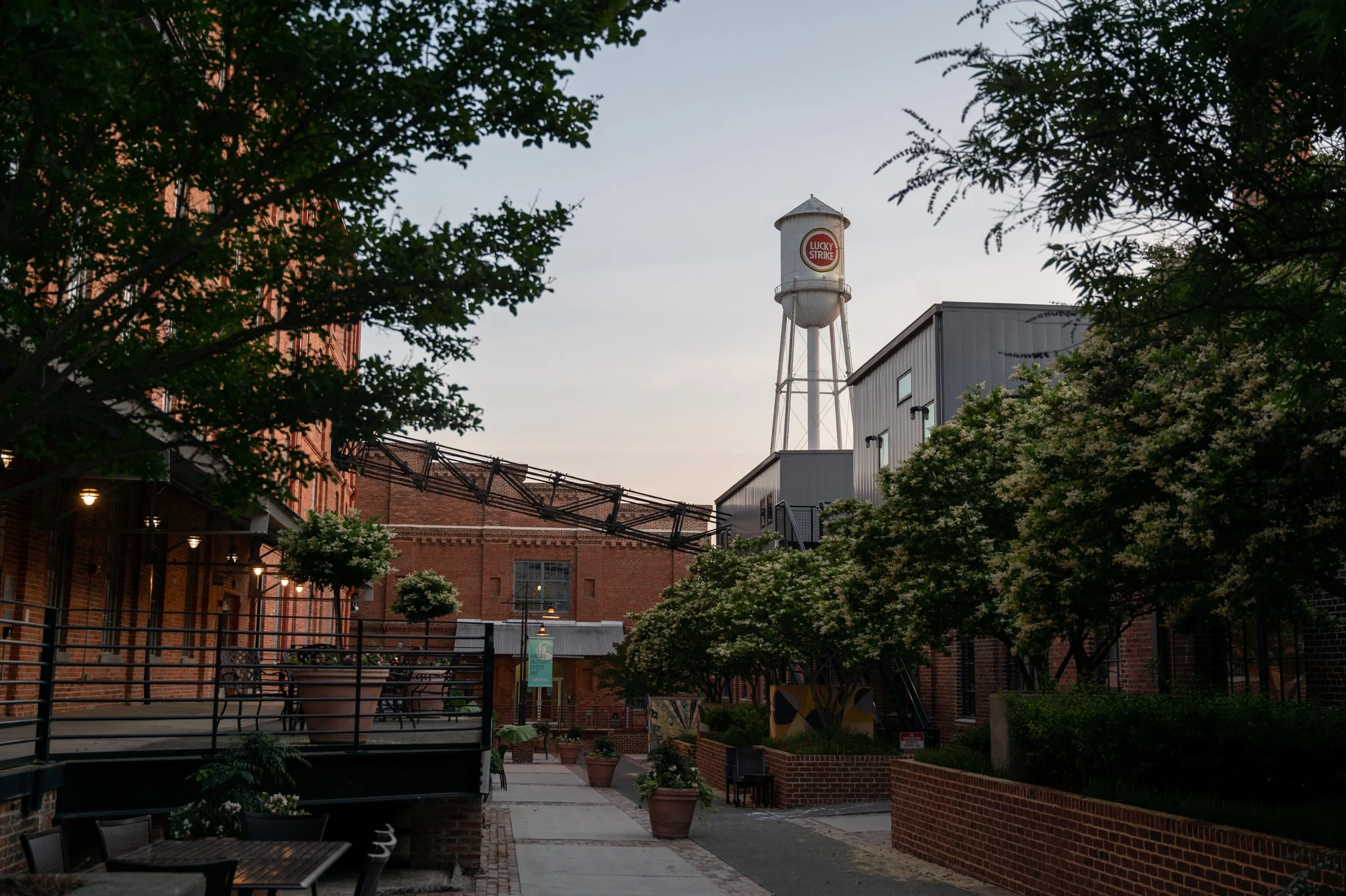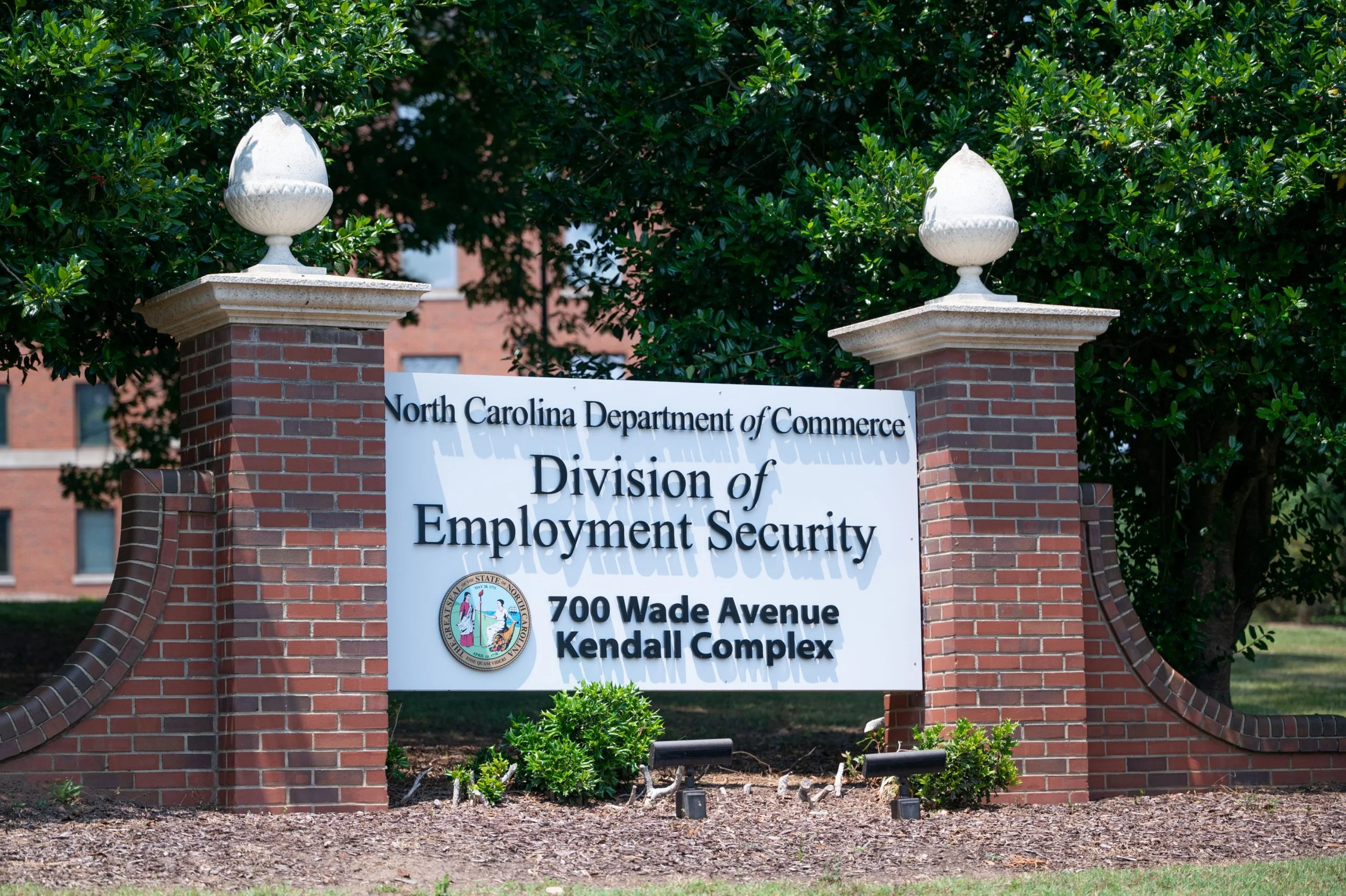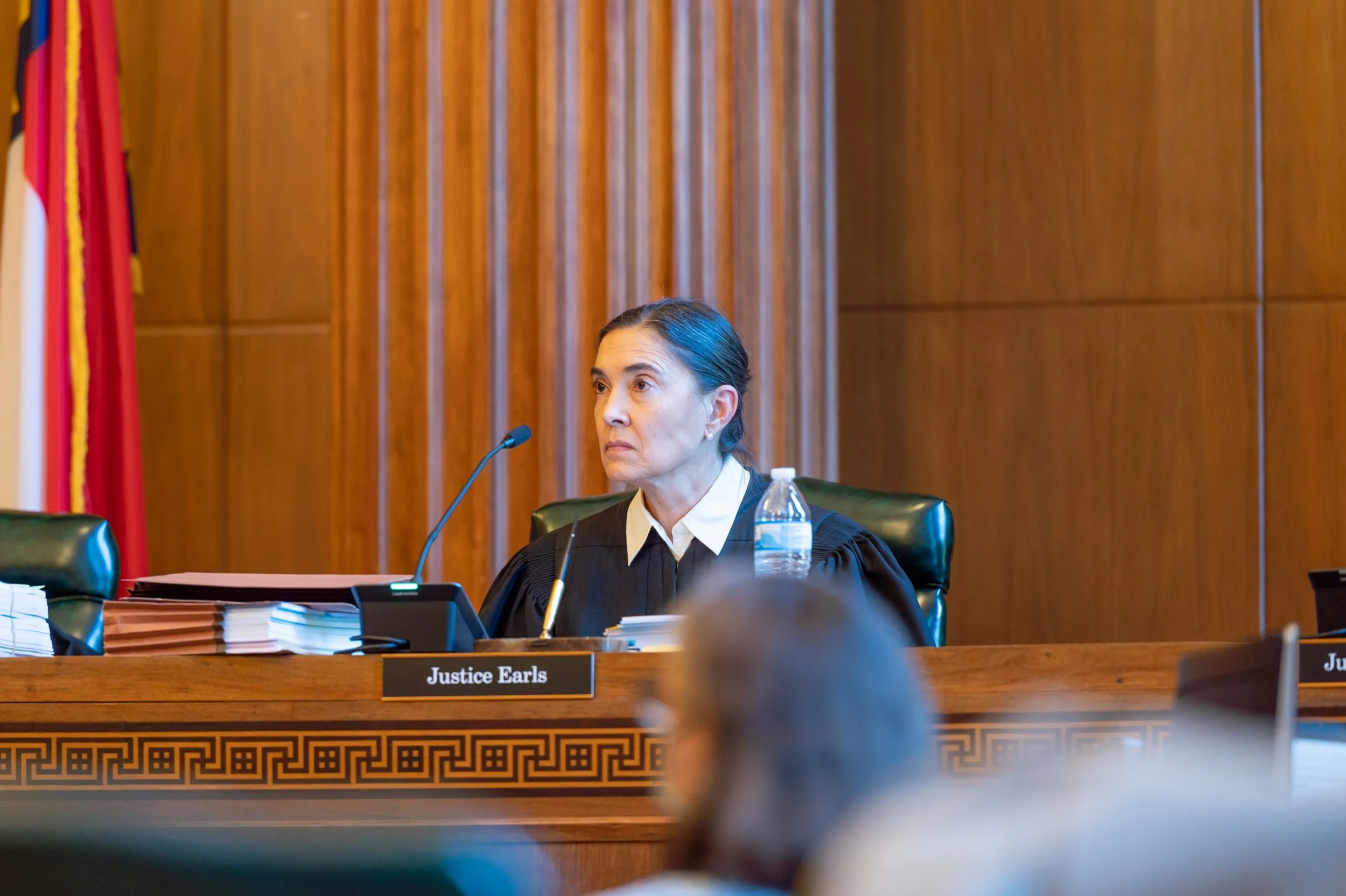Gunshot-detection system targets spiraling gun violence in Durham
By David Larson, Carolina Journal
In 2021, Durham’s homicide rate jumped by 30%, reaching a record of 50 murders for the year. City leaders have been scrambling for solutions, and by a 4-3 vote, decided to adopt a pilot program for the gunshot-detection system ShotSpotter.
ShotSpotter is used by 120 police departments across the country — including New York City, Chicago, Detroit, and Boston — to pinpoint the location of a gunshot within seconds, even if nobody calls it in. Goldsboro, Greenville, Rocky Mount, Wilmington, and Winston-Salem already use the technology, making Durham the sixth N.C. city with ShotSpotter.
According to ShotSpotter’s website, the Respond gunshot-detection program takes an average city that's reporting less than 12% of gunfire to reporting more than 90% of shots fired. In under a minute, the system will report gunfire to law enforcement, at an accuracy of within 82 feet. The average time for gunshot victims to get care is cut from 10.3 minutes to 6.8 minutes.
ShotSpotter uses a series of acoustic sensors placed throughout the city, often on telephone poles or buildings. With every gunshot, the sensors receive the data and triangulate exactly where the shot originated by how long the sound took to travel to each sensor.
Durham Mayor Pro Tem Mark-Anthony Middleton, in city budget meeting March 3, said some neighborhoods have become desensitized and “don’t even call the police anymore.” He called maintaining the status quo is “immoral and acceptable.” Middleton said people in these communities, mainly poor and minority residents, have asked the city to examine the issue and possible solutions, just as people in safer parts of Durham ask for things like bike lanes and new trees.
Middleton said his intention is a true pilot program; if it fails it won't be funded. The program would cost the city $197,500, but a four-year contract would cost an additional $797,500.
Middleton talked about being a young man in a violent neighborhood during the crack epidemic. Nobody called the police, even as they heard automatic gunfire. But one incident left a mark on him, as he talked about why this issue is about more than “catching the bad guys.” It's also about being there for victims of gun violence.
“We heard the gunfire and we didn’t call the police, but somebody actually died," Middleton said. "Somebody actually got shot, and they bled out in the night because no one came for them. … Like road kill, like an animal, this young man laid there and bled out… This for me is primarily about the belief that in Durham, if you’re hurt or in trouble, someone should come and see about you.
“It’s time," he said, "to throw everything that we have that aligns with our values as a city, that does no offense to who we are as a city, at this issue of gun violence, once and for all. The children who are jumping in bathtubs are worth it.”
Durham Mayor Elaine O’Neal and council members Leonardo Freeman and DeDreana Williams also spoke in support of the pilot program. But the three more-progressive members of the council, Charlie Reece — who has since resigned his seat to move to Paris for his wife’s job — Javiera Caballero; and Jillian Johnson, said they were opposed to the program, at least until community forums were held to get more feedback.
Johnson said she had “deep concerns” about ShotSpotter, citing a Chicago incident in which a 13-year-old boy, Adam Toledo, was killed when police responded to gunshot data from ShotSpotter, and Toledo and a 21-year-old fled from police. While initial reports said Toledo was holding the gun when he was shot, the video suggests he might have dropped it seconds before. In the past, Johnson expressed concerns over a type of government surveillance.
“With due respect, facts matter,” Middleton said in response. “Council Member Johnson alluded to the Chicago incident. The Chicago police responded to a ShotSpotter call because gunfire actually did go off. There were shots fired at a passing vehicle. I know the incident you’re talking about well, and it resulted in a tragedy. But the technology worked.”
O’Neal, Middleton, Freeman, and Williams ran on comparatively conservative platforms in 2021, focusing on economic development and rising crime rates. This resonated with Durham residents tired of the progressive status quo and earned them a 4-3 majority over the more-liberal members. They used this majority to pass the ShotSpotter program over the objections of Reece, Caballero, and Johnson.
After the measure passed, Caballero told Middleton, “Elections have consequences. The voters and taxpayers of Durham are going to be paying for a type of technology I don’t support. There’s a lot of evidence out there that it’s not good technology. It’s a private company that makes money and pays off fear. And that’s what you’re doing, too.”
Middleton demanded time to respond to what he deemed a “personal attack.”
“I don’t trade in fear," he said. "I trade in what constituents tell me. And it’s not my four votes. The people of Durham have spoken. It’s their four votes.”
Durham may now look to other cities in the state already using ShotSpotter.
Rocky Mount implemented ShotSpotter in 2011. In the decade since, violence in the eastern N.C. city has started to recede, even as other cities in North Carolina and across the country were hitting all-time homicide records.
"Ours came down a lot," Capt. Chris Ballard of the Rocky Mount Police Department told Carolina on March 9, regarding the city’s violent crime. "We've got the numbers and the data to prove that the aggravated assaults and the shots fired and all those things have come down."
Ballard said he can't give all of the credit to ShotSpotter, however.
"It'd be hard to say that it could be attributed to one particular system," he said of ShotSpotter's role in those numbers. "I'm sure it's part of the success, along with the plans and other things we've done."
He made sure to note the program is expensive, with Rocky Mount paying $177,000 per year to monitor three square miles. The equipment is rented directly from ShotSpotter, which then monitors the sensors at their 24/7 centers. Ballard said the system is good at filtering out other noises, such as fireworks and backfires, so only actual gunfire is reported to law enforcement.
"It works fine, and we get everything we need out of it," Ballard said.
But another N.C. city decided against renewing ShotSpotter after using it briefly. Charlotte got a federal grant and installed the system in its uptown area during the 2012 Democratic National Convention. City officials, however, decided the system was too expensive for the minimal amount of data produced.
In a statement to the Charlotte Observer, the ShotSpotter CEO at the time, Ralph Clark, said this was because the system was solely monitoring uptown, which is the only sector of the city without a single homicide that year. If more violent neighborhoods were monitored, Clark said, the technology could have been put to better use.
CJ also reached out to the Greenville, Winston-Salem, and Wilmington police departments, but did not hear back before publication.
The Greenville and East Carolina University police departments have run a collaborative ShotSpotter program since 2019. GPD Chief Mark Holtzman told The East Carolinian, “It will allow us to respond faster, prevent injuries, save lives and hopefully prevent future gunfire in those areas. Last year, the very first year, we actually met our program goal and we had a 30% reduction of gunshot injuries citywide.”
ShotSpotter has agreed to make Durham’s program free for the first three months of the pilot phase, allaying some of the concerns about cost. In the March 3 budget meeting, Mayor O’Neal said, “You can’t argue with free.” The move allows officials to “get a trial based on Durham,” rather than debating experiences in other cities.



